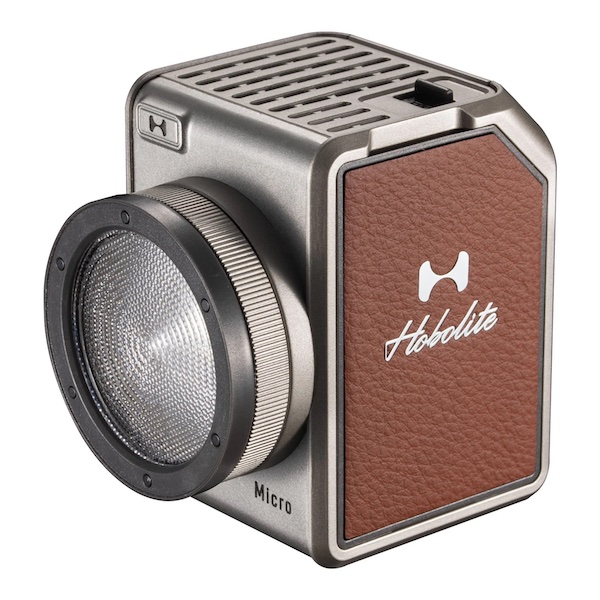Lighting
Flash gels play several important roles in photography. They can convert the color temperature of your flash, helping you balance your flash’s output with any ambient light sources. They can reduce light output without impacting color for times when even a low-power flash setting may be a bit too much for your subject or environment. They can diffuse light (i.e. make it softer) or add a dash of colorful, creative effects to your scene, like dousing color across a subject’s face or changing the color of a grey background to purple (or anything more interesting than grey, which is everything).
While we could fill several magazines just listing the overwhelming variety of gels from various manufacturers, we’ve decided to spare you and just highlight the gels that every photographer should stock on the shelf.
ND Gels
Cut down on the amount of light emitted by your flash without changing color temperature.
Great for: Subjects in dimly-lit areas when shooting with a wide-open aperture where even the lowest power flash setting might be too bright.
Diffusion Gels
As the name suggests, diffusion gels take the concentrated burst of your flash and soften/spread it out. You can purchase diffusers based on light loss, measured in stops. Diffusers won’t typically be colored, though some vendors sell diffusion gels that have slight color casts to complement skin tones.
Great for: Anything (even faces) with shiny surfaces that may produce glare. A wide-angle diffusion gel is also useful to push light out to the corners of your frame if you need more coverage.
Correction Gels
(PLUS GREEN, CTO, CTS, CTB)
Corrective gels are sold in varying strengths measured in fractions, with full strength typically indicated with a “full” in the product name. You can add gels together to boost their strength, so if your ½ gel isn’t cutting it, you can add a ¼ on top of it and the combined ¾ could do the trick.
Colored Gels
Available in nearly every color of the rainbow, these gels will transform your flash’s output into their color. Most gel manufacturers make starter kits that bundle a selection of corrective gels and a few colored gels; they’re an ideal place to start if you haven’t already stocked up. With colored gels, there are no hard-and-fast rules. You’re free to experiment with their effects to your heart’s content. Or until your flash battery dies.
Great for: Creative effects and adding more drama to your image.
CTO (Color Temperature Orange)
Converts your flash’s daylight output to a warmer tungsten.
Great for: Balancing ambient tungsten lights. It can also be used creatively to create a warm vibe to your photo.
CTS (Color Temperature Straw, or often just “Straw”)
Similar to a standard CTO gel but with a more yellowish hue.
Great for: A nice alternative to standard CTO gels if those are giving your subject too much of an orange tint. Straw gels are ideal for warming skin tones.
Plus Green
Balances your flash output to match fluorescent lighting, which gives off a green cast.
Great for: Shooting in spaces with fluorescent lights. Note: The color temperature of fluorescents continue to change so they’ll no longer throw out a putrid green cast on your subject. Best to first take a few test shots without a plus green gel under fluorescent lighting.
CTB (Color Temperature Blue)
Converts tungsten light to daylight, the opposite of a CTO gel.
Great for: Creating a cooler, bluer tone to your image and corrects for tungsten ambient sources.





